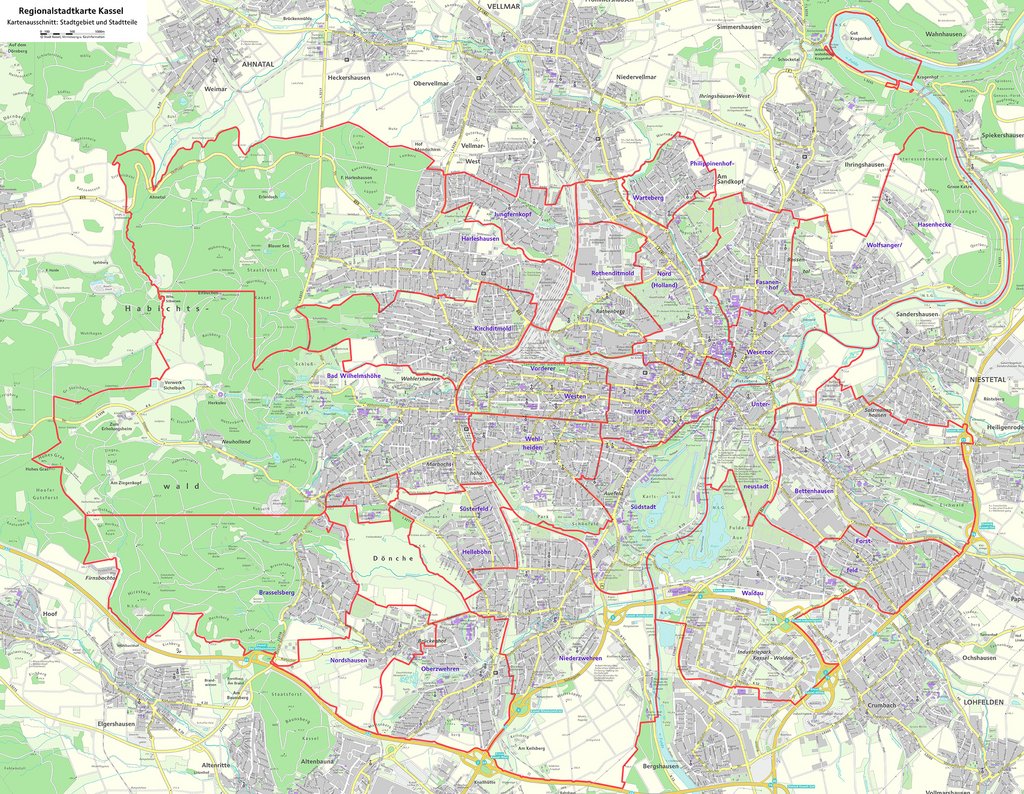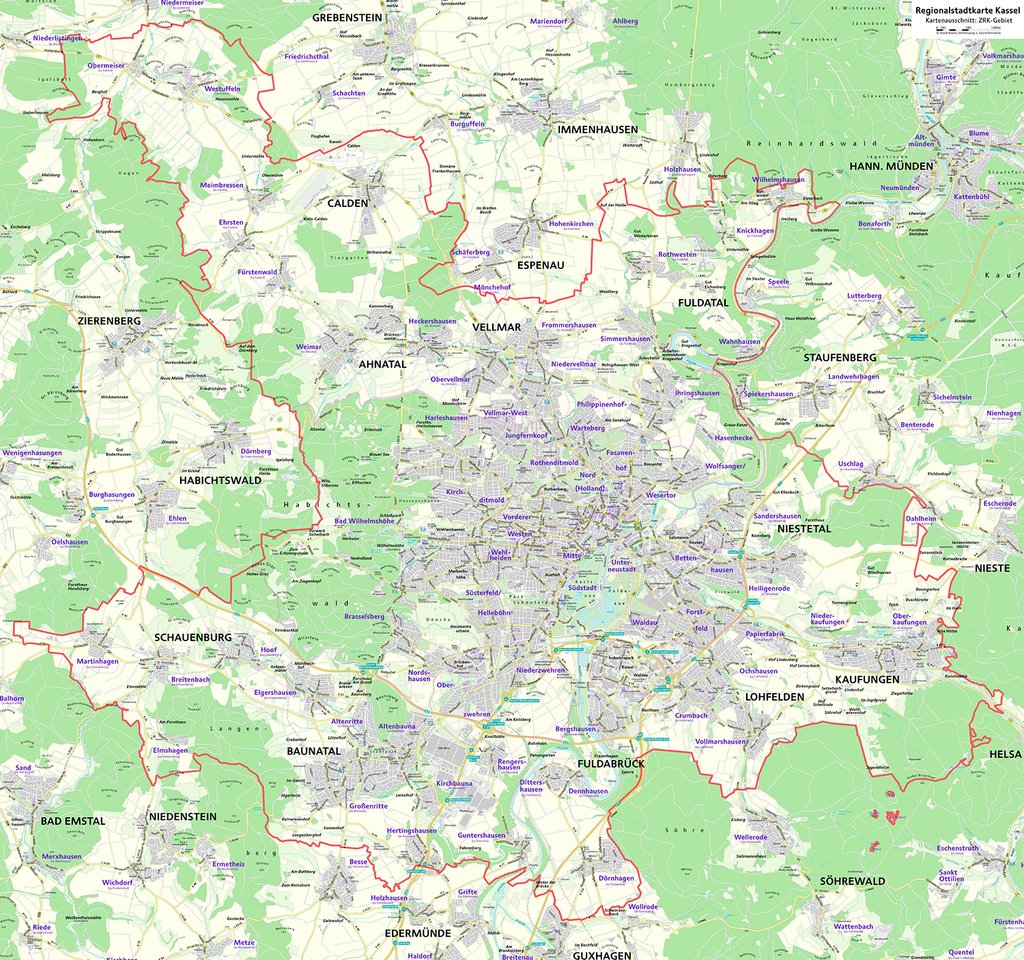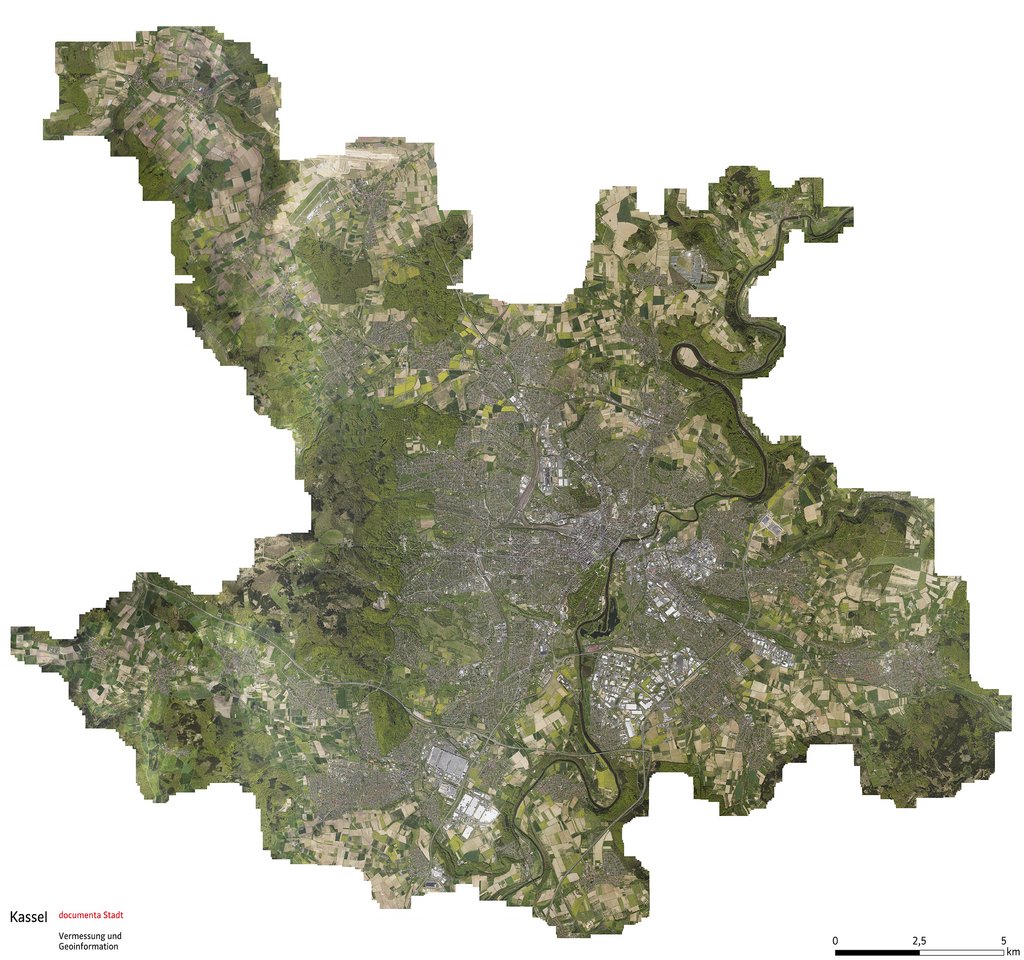Development of the most dynamic major city in Germany
City of Kassel
 © Stadt Kassel
© Stadt Kassel
 © Stadt Kassel
© Stadt Kassel
 © Stadt Kassel
© Stadt Kassel
Kassel was recently chosen in a nationwide comparison as Germany’s most dynamic major city. Understood as an appreciation of the developments that have taken place in the past years, there is nevertheless still a need for more to be done. Kassel’s situation as a major city and destination for inbound commuters in a structurally weak region and its history as an industrial city that was severely destroyed in the war remain challenges in the current processes of transformation. This is added to by the “external” challenge of contributing to climate protection.
Kassel is the motor for innovation and integration in the region of northern Hesse. As a green city rich in culture with a growing university that is becoming increasingly integrated into urban processes, the city offers a high quality of living in everyday life. Important for the city’s future development as an attractive residential location are developments in the economy and the employment market within the context of demographic change as well as maintaining a varied range of educational, cultural, and leisure activities.
More has been built in Kassel in the last 100 years than in many other cities. The destruction during and after World War Two has left its indelible mark on Kassel. In every building project, the city has the interesting task of always deciding anew how the planned project can contribute towards defining the city’s image. This rebuilt city apparently remains alone in its sensibility and in its search for a definition. A discussion about Baukultur in Kassel is also an attempt to get to grips with this question.
This project was presented as part of the 2015 Baukultur Workshops in Kassel.
| Uses | Urban planning |
